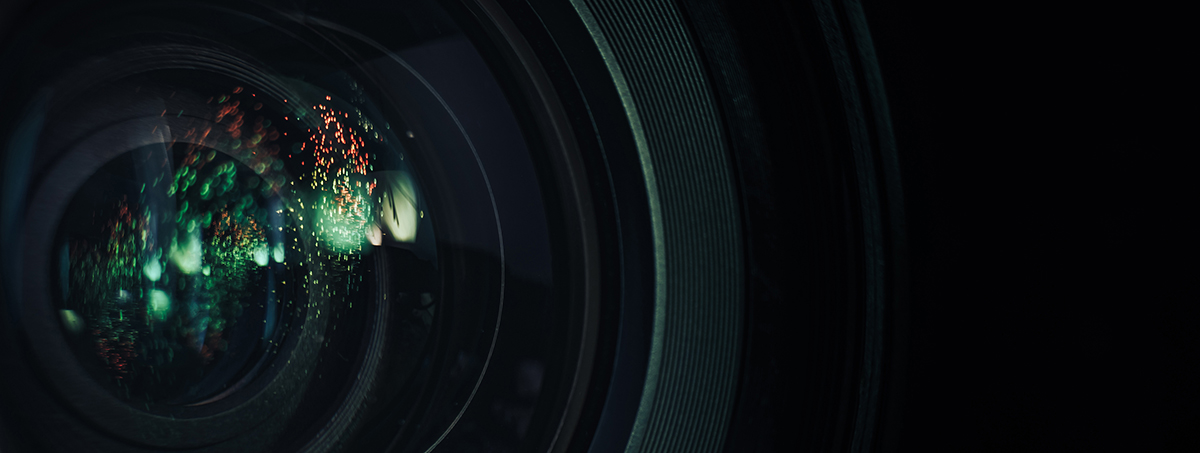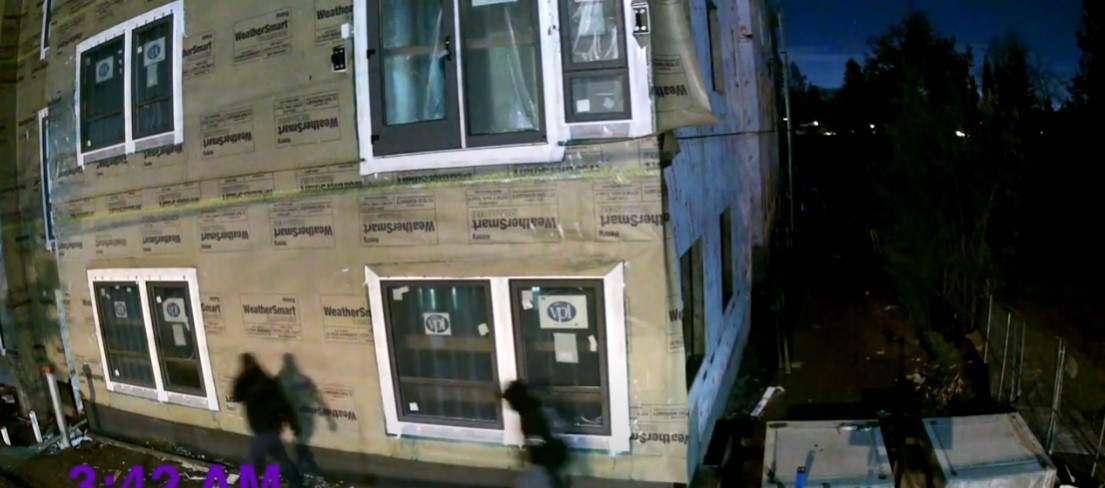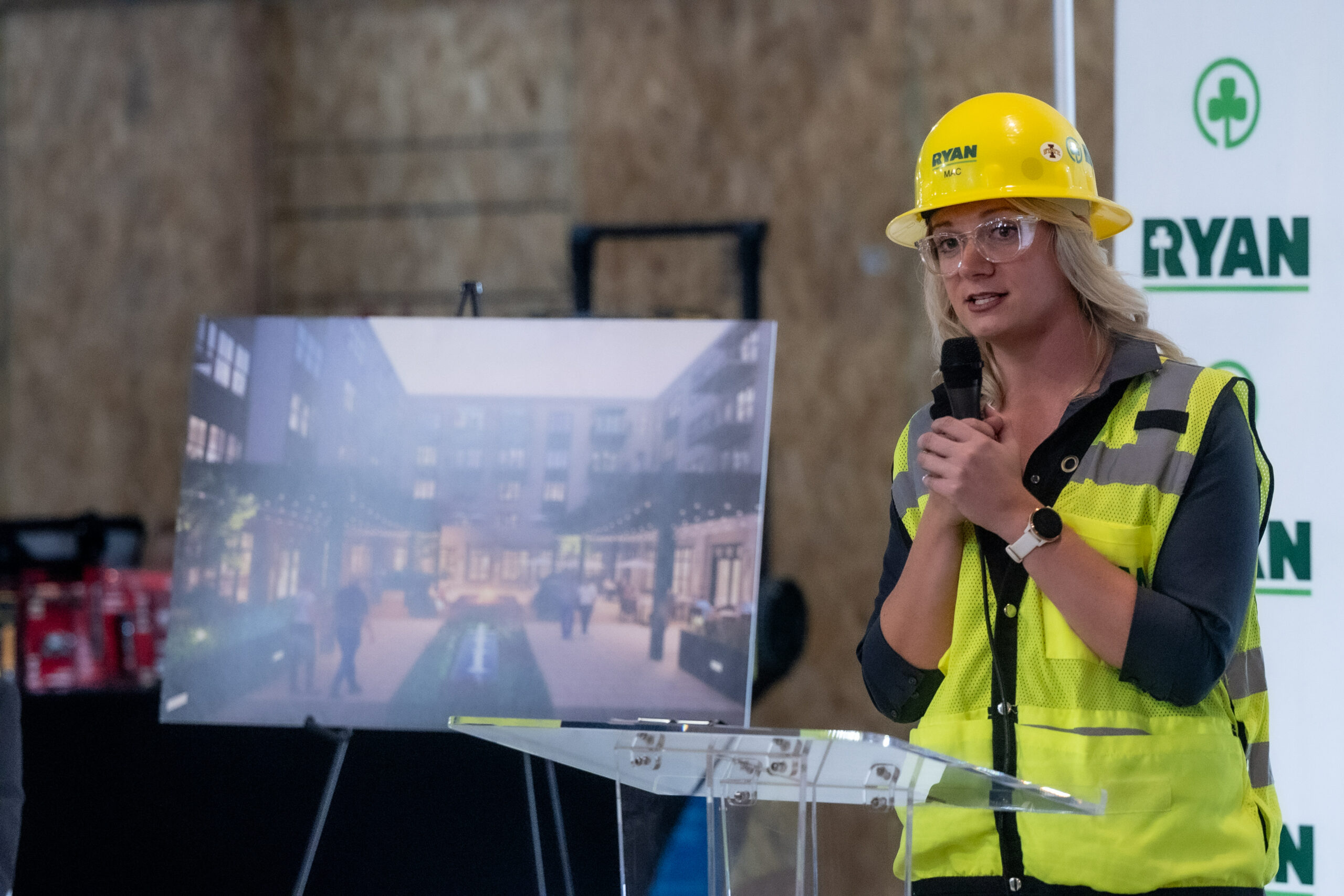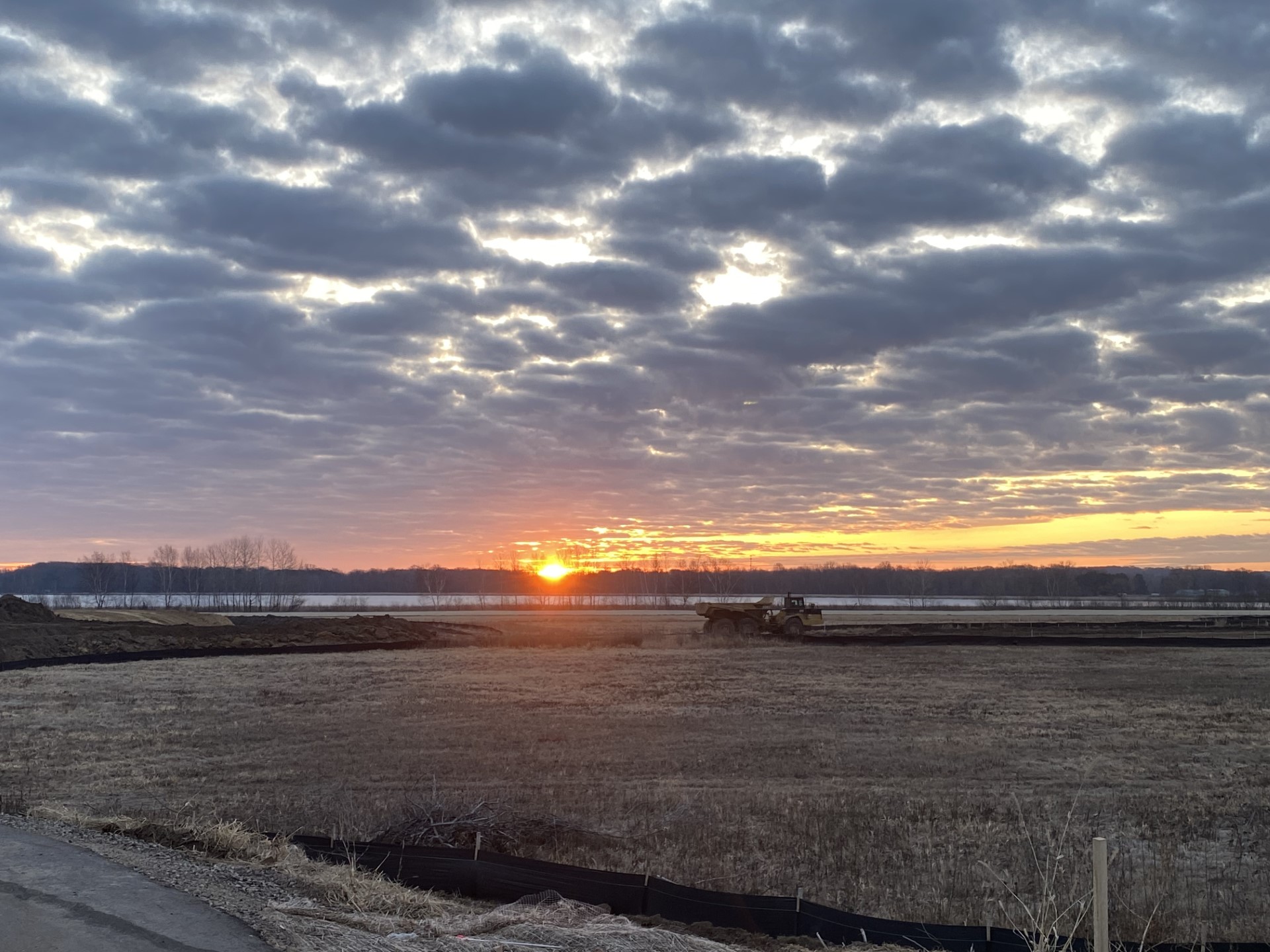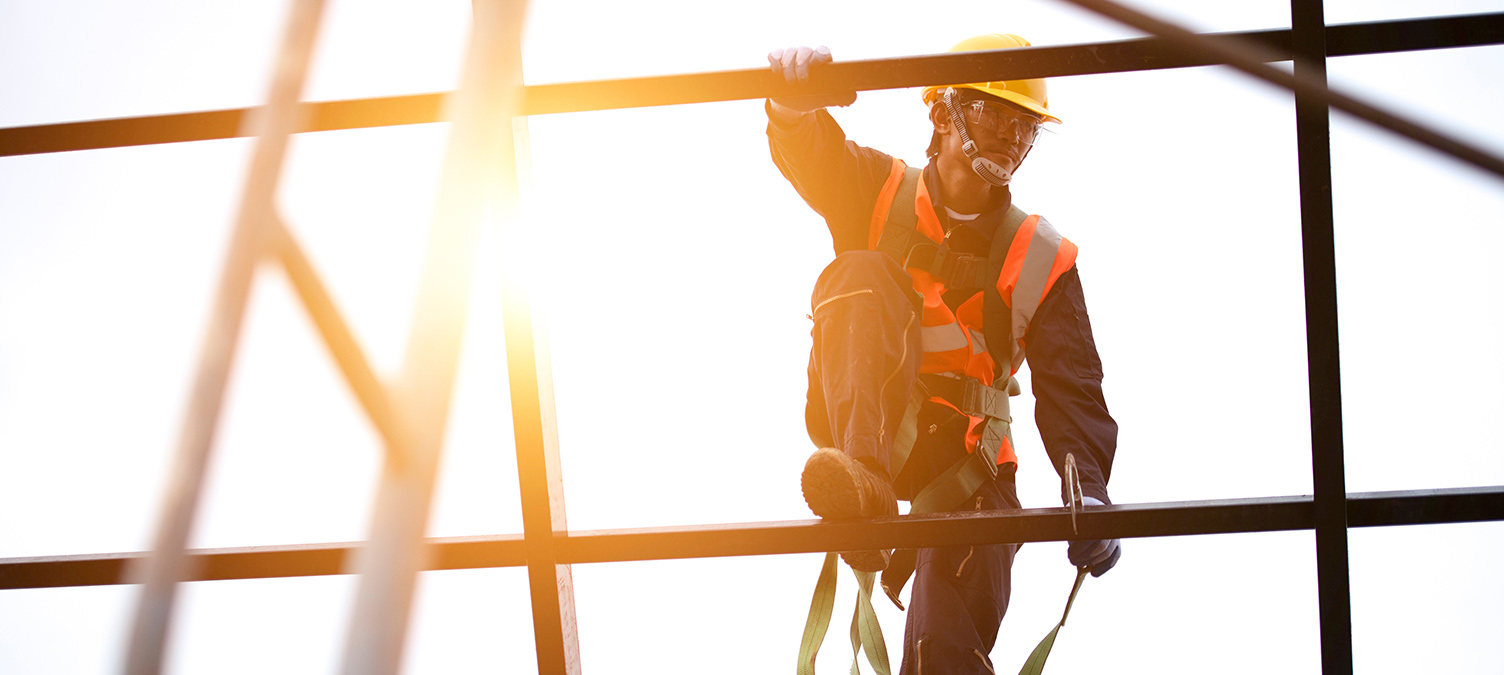Construction projects typically have valuable materials and tools on site that require adequate after-hours monitoring to prevent theft. These sites are also more vulnerable to other criminal activities including trespassing and vandalism. To prevent unwanted after-hours visitors, one of the most effective tools you can add to your safety and security platform are low-light cameras that can provide clear images in low light conditions.
Low-light cameras are specifically designed to capture images and videos in environments with minimal lighting. They use advanced technology, including infrared sensors, to detect and capture images even in complete darkness. These cameras are highly effective in construction sites as they can provide clear footage even in the absence of external lighting.
Choosing the right low light camera for your construction site requires considering many different options. Resolution, field of view, image clarity, sensitivity to light and whether you need a static view or a digitally adjustable (pan, tilt, and zoom) view. Let us look at the various aspects of low light cameras you should consider:
Low Light technology
First you will need to decide between the type of low light camera that is best for your situation. Innovative technology is always being developed, but currently you have three options when it comes to cameras designed for low light conditions including Infrared (known as IR, which switches automatically to black and white at night), standard low light (which remains full color even at night), and regular security with supplemental lighting.
The camera that is right for your situation hinges on how the camera is being used and its lux rating. Because IR does not need any supplemental light, it is a great option for situations in additional lighting is not possible or the camera needs to be placed covertly. If covert placement is not necessary and there is adequate environmental light, a standard low-light camera can offer additional identifying information such as color of clothing that is not possible with infrared cameras. The most affordable option is a regular security camera that has supplemental lighting (though depending on power sources, this may increase costs for additional power sources to be placed near the camera position).
Measuring Lux
When it comes to low light cameras, the lux rating refers to the level of illumination necessary to produce useful images. A LUX, abbreviated lx, is the International System of Units (SI) measure of the intensity of light. For reference, in direct sunlight you can expect up to 100,000 lux, standard office lighting might be around 500 lux, and a moonless night might measure .0001 lux. The lower the lux number, the less light available to capture images.
Knowing the lux rating will inform whether supplemental lighting is necessary. A camera with a .001 lux rating can provide image quality without additional lighting requirements.
Bigger Is Better
Image sensors for low light cameras are more important than resolution (how many pixels are captured in each image) to a certain degree. While more pixels usually mean better image quality, the size of the sensor means how much light is gathered and thereby increasing the quality of the image. In low light situations, more pixels just increase the amount of darkness captured without a bigger sensor to increase the brightness of the image.
Some Final Thoughts
As technology improves, affordability increases and that is true for low-light cameras. While they are still considered an expensive luxury for some, the value proposition offered by low light cameras for construction sites outweighs the perception of an unnecessary expense. From a safety and security standpoint, installing low light cameras on your next construction project will reduce theft since most of these criminal activities happen at night. Low light cameras will produce better image quality for use by law enforcement and may even decrease insurance risk.
For more information about how SiteKick can help you increase safety and security on your construction site including how best to leverage the latest camera technologies on the market, contact us today for a free demonstration of everything SiteKick can do for your bottom line.

